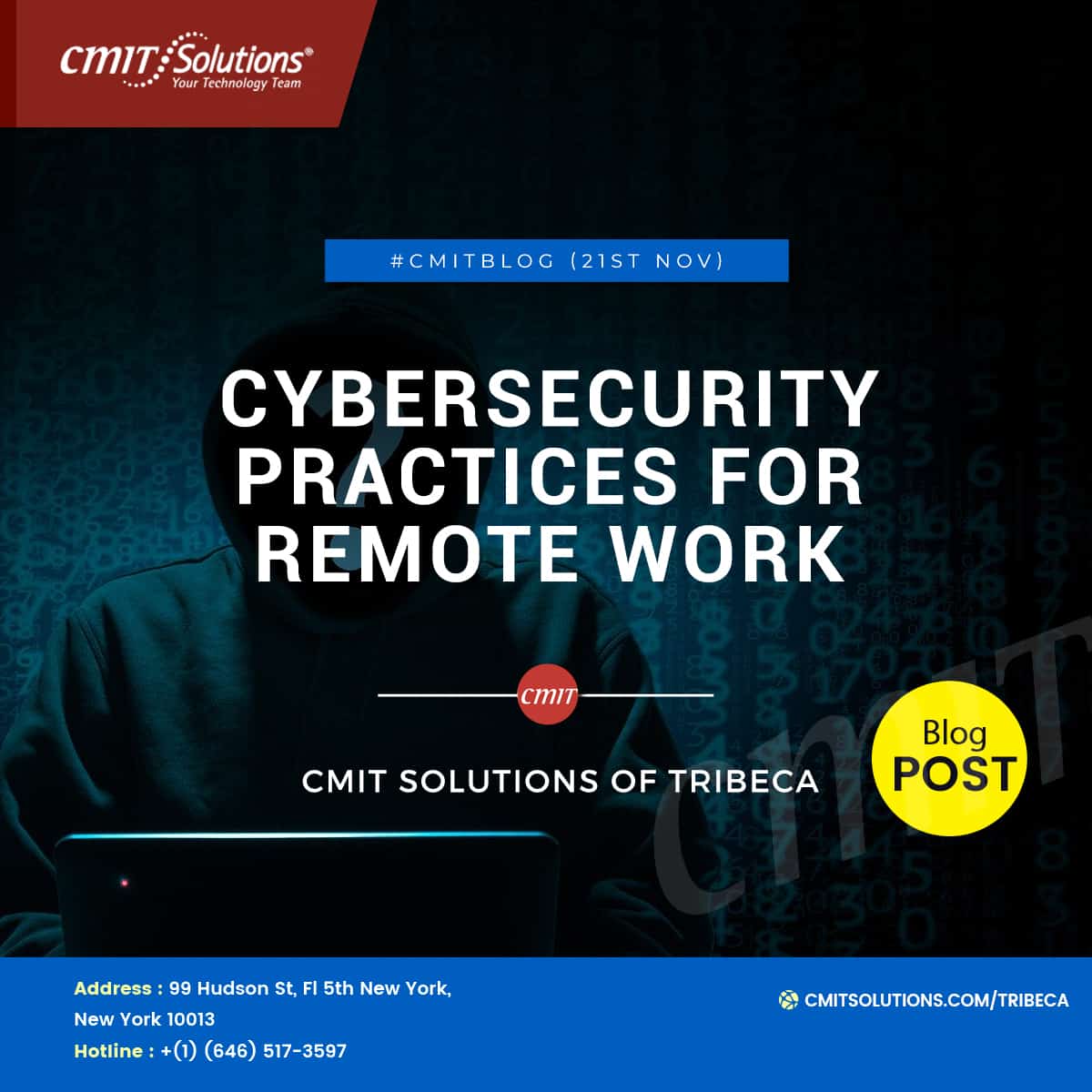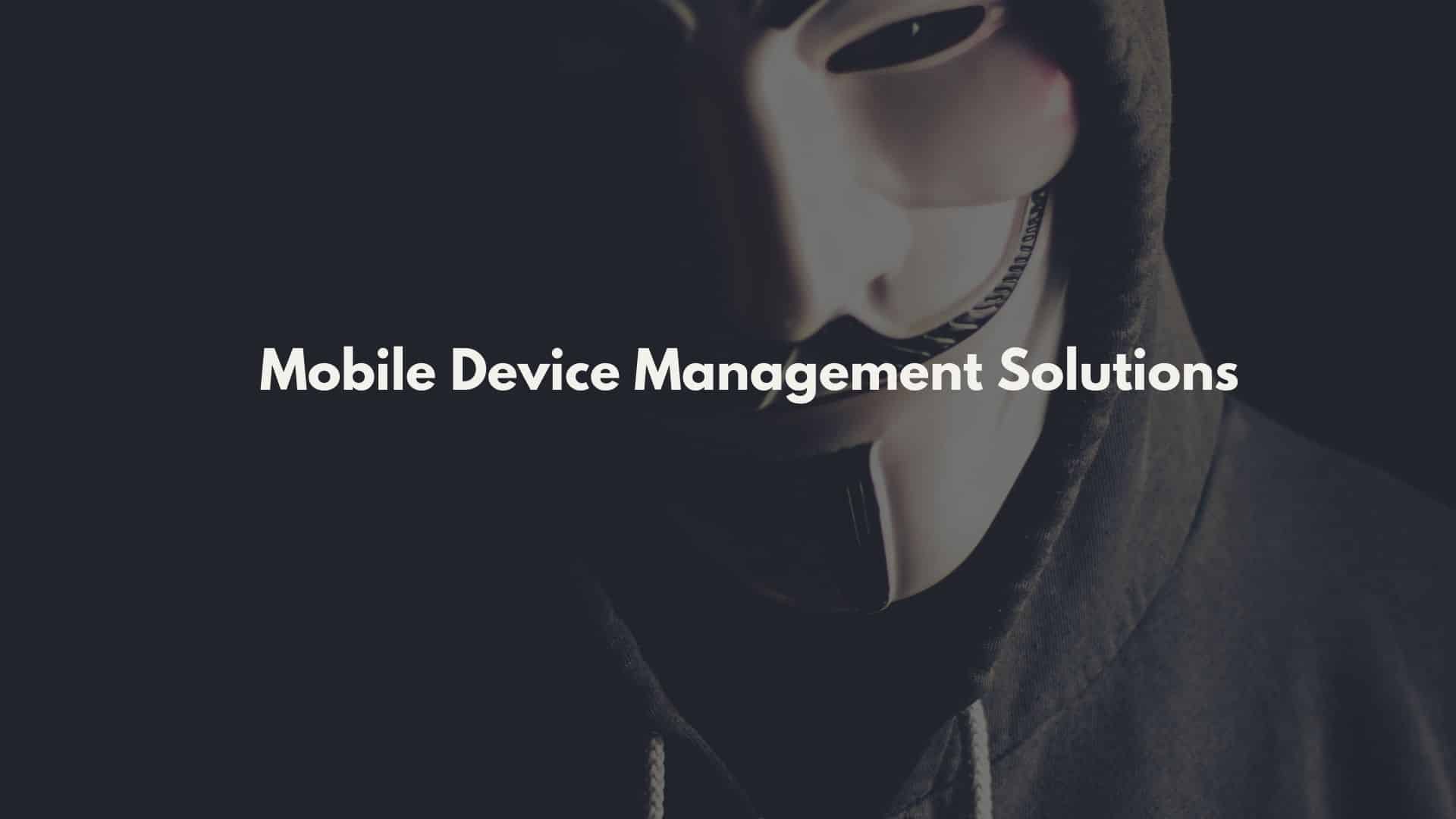Over 84 percent of organizations are planning to expand work from home following the pandemic. To facilitate remote work on a large scale, businesses need to increase their security efforts by dropping down to the device level. Such practices would include, using the latest technology to monitor employee devices along with preparing end-users for unexpected changes that may occur in their work environment. Here are some of the security practices an organization can adopt.
-
Secure the devices first
The traditional office setting has a perimeter-based security model. IT teams have spent years building their security infrastructures focused on protecting enterprise networks and the information within them but this is not enough for the remote work culture. Many companies assumed that VPNs are enough while their employees worked on enterprise networks at home. This is only a Band-Aid solution that will cost financially and operationally in the long run. Companies need to focus on device security since that is a sustainable solution.
Remote work has IT teams losing control as they can’t direct which Wi-Fi networks employees connect to at home or in public. What they need to do now, is to create security infrastructures that support each device so that employees can continue to work from home safely on any network. The moves like shifting to the cloud, to make data accessible from wherever they are not possible without the right technology.
-
Mobile Device Management Solutions
Since device-level security is crucial, a Mobile device management solution is a proven structure for individual device management even on a large scale. A mobile device management (MDM) solution will let your IT department monitor mobile devices remotely and ensure that they are equipped with the latest security measures and updated software. MDM solution let IT teams keep an inventory of all active security measures such as:
- Multi-factor authentication aside from basic password protection.
- The up to date malware software updates.
- Installation of important software/security patches.
The MDM solution can alert IT, teams if any changes or threats are detected. With such a warning, IT teams can assess the threat and customize their security measures to remediate threats before it leads to an accident.
-
Revaluate the Emergency Plans
The current pandemic caught many companies off guard who didn’t have a remote work plan in place. For such companies, the past few months have been least productive since maintaining a remote workforce is not easy without a plan. To avoid such incidents in the future, IT leaders need to update their emergency plans that address emerging risks as well as end-users’ needs. That would include securing individual devices and putting guidelines in place for long-term remote work.





